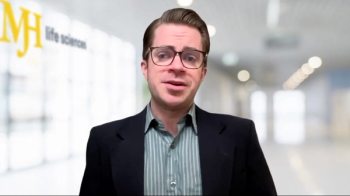
Chromatography Resin Designed to Boost Process-Scale Productivity
Bio-Rad introduces CHT Ceramic Hydroxyapatite XT media and Nuvia HP-Q resin resin for process protein purification.
Bio-Rad Laboratories introduced the CHT Ceramic Hydroxyapatite XT media and Nuvia HP-Q resin for process protein purification, according to an Aug. 30, 2018 announcement.
The CHT Ceramic Hydroxyapatite XT (CHT XT) Mixed-Mode Media offers single-step clearance of aggregates and other impurities such as host-cell protein, double stranded DNA
(dsDNA), endotoxins, and leached Protein A. It can be used in the purification of enzymes, monoclonal and polyclonal antibodies of various classes, antibody fragments, and bispecific antibodies; for isolation and purification of viruses and virus-like particles; and for separation of supercoiled DNA from linear duplexes and single-stranded from dsDNA.
The media binds by cation exchange and affinity interactions, is compatible with a range of chemicals, and its reusability improves economy of the process purification workflow, the company reports.
Nuvia HP-Q Anion Exchange Resin is compatible with high-throughput large biomolecule purification and can be used for downstream purification of large molecules such as high molecular weight plasma proteins IgA and IgM, viruses, virus-like particles, and PEGylated proteins.
The resin’s high flow rate compatibility (300 cm/hr) and fast mass transfer kinetics ensure purifications can be performed in less time. A lifetime of more than 100 cycles without loss of dynamic binding capacity (DBC) allows repeated use. The resin column holds up under the flow rates required for manufacturing-scale purification, and DBC (>50 mg/ml) with optimized pore structure, spacer length, and ligand density improves productivity, the company reports.
Source:
Newsletter
Stay at the forefront of biopharmaceutical innovation—subscribe to BioPharm International for expert insights on drug development, manufacturing, compliance, and more.





